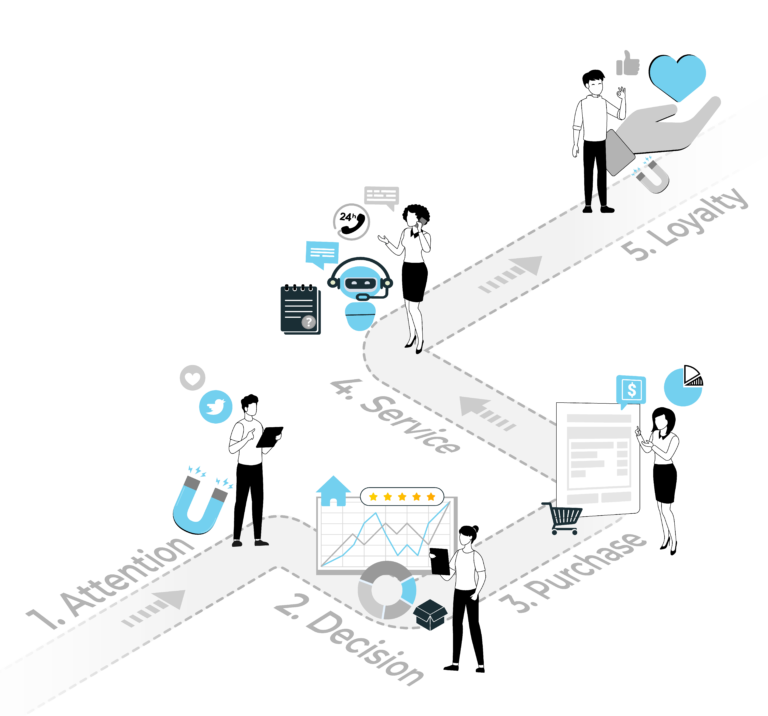Customer Experience Metrics Every Business Should Be Tracking
Customer experience (CX) is more than just a buzzword – it’s a critical factor in determining the success of your business. As more companies recognize the importance of delivering exceptional customer experiences, they’re looking for ways to measure and improve their CX efforts. Tracking the right metrics can help you identify areas of strength and weakness, ultimately leading to increased customer satisfaction and loyalty. In this blog post, we’ll explore the top customer experience metrics every business should be monitoring to stay ahead of the competition.
- Net Promoter Score (NPS)
NPS is a popular metric used to gauge customer loyalty and overall satisfaction. It measures how likely your customers are to recommend your business to others on a scale of -100 to 100. A higher NPS indicates a greater level of customer satisfaction and loyalty, while a lower score signifies potential areas for improvement. To calculate NPS, survey your customers and ask them how likely they are to recommend your company to a friend or colleague on a scale of 0-10. Then, subtract the percentage of detractors (0-6) from the percentage of promoters (9-10) to arrive at your NPS.
- Customer Satisfaction Score (CSAT)
CSAT is a straightforward metric that measures customer satisfaction with a specific product, service, or interaction. Typically, customers are asked to rate their satisfaction on a scale of 1-5, with 1 being “very unsatisfied” and 5 being “very satisfied. A higher average CSAT score indicates greater satisfaction with your offerings, while a lower score highlights areas for improvement.
- Customer Effort Score (CES)
CES measures the ease of customer interactions with your business. It helps identify friction points in the customer journey and assess how effectively your company resolves customer issues. To calculate CES, ask your customers to rate the ease of their experience on a scale of 1-7, with 1 being “very difficult” and 7 being “very easy.” A higher CES score indicates a smoother customer experience, while a lower score suggests room for improvement.
- First Contact Resolution (FCR)
FCR measures the percentage of customer issues resolved during their first interaction with your business, whether it’s through phone, email, or live chat. A higher FCR rate indicates that your support team is effectively addressing customer concerns, leading to increased satisfaction and loyalty.
- Customer Churn Rate
Customer churn rate is the percentage of customers who discontinue their relationship with your business over a specific period. A high churn rate may indicate dissatisfaction with your products or services, making it essential to identify and address the factors contributing to customer attrition.
- Average Order Value (AOV)
AOV is the average amount spent by customers on each transaction. Tracking AOV can help you identify patterns and trends in customer spending, enabling you to optimize your marketing efforts and improve customer satisfaction.
Conclusion:
Measuring customer experience metrics is crucial for businesses seeking to enhance their customer-centric approach and drive growth. By tracking metrics like NPS, CSAT, CES, FCR, churn rate, and AOV, you can gain valuable insights into the effectiveness of your CX efforts and make informed decisions to improve customer satisfaction and loyalty. Prioritizing customer experience is no longer optional – it’s a vital component of any successful business strategy in today’s competitive landscape.






